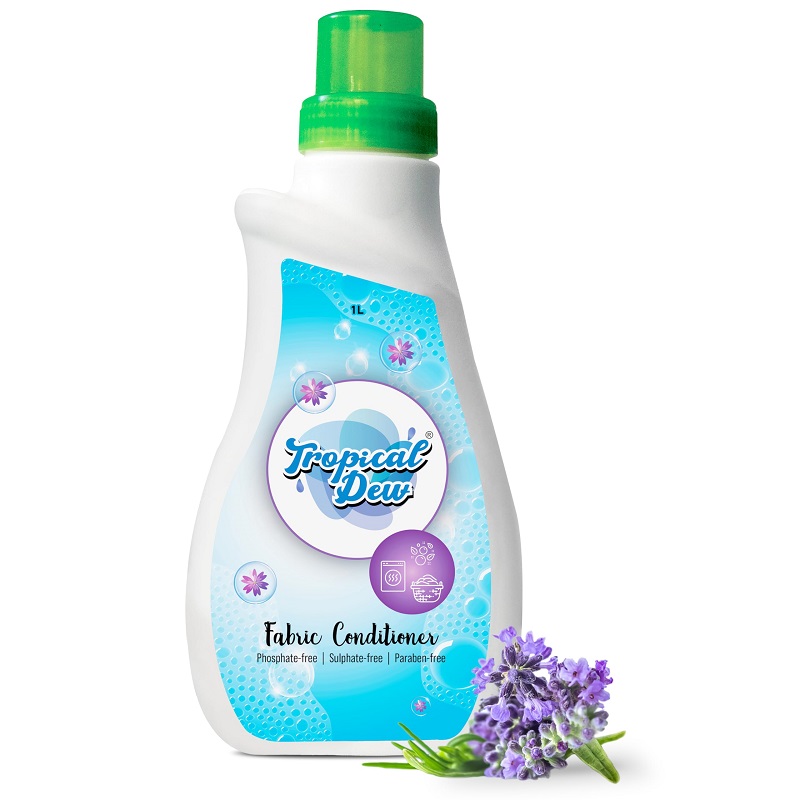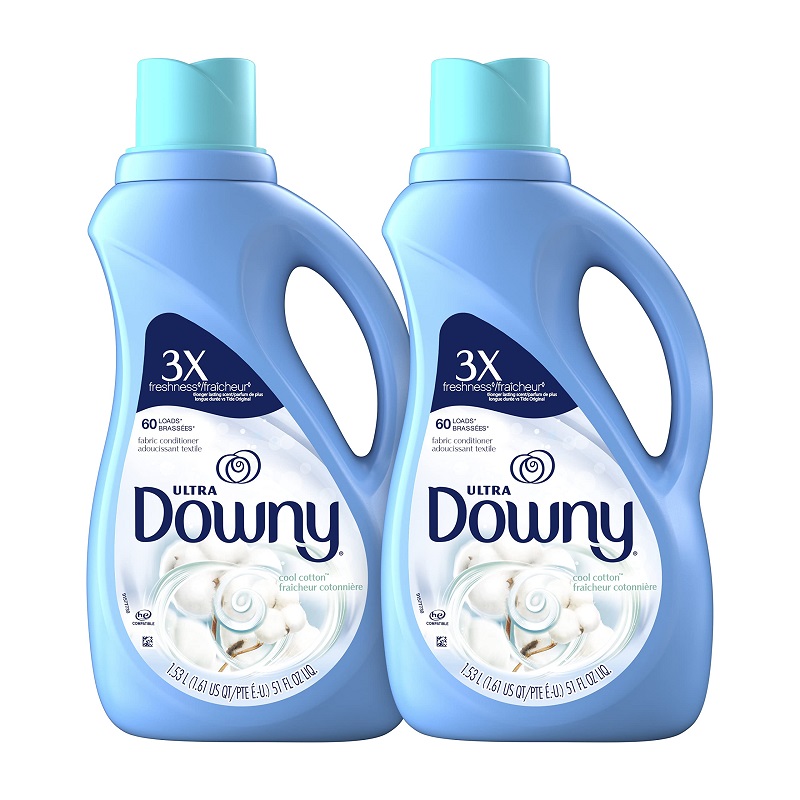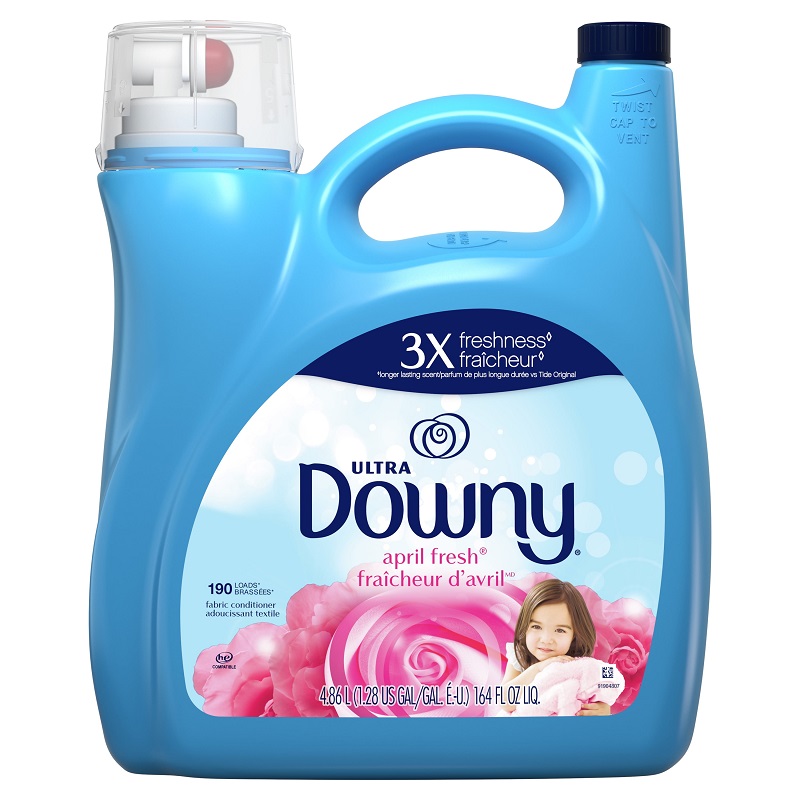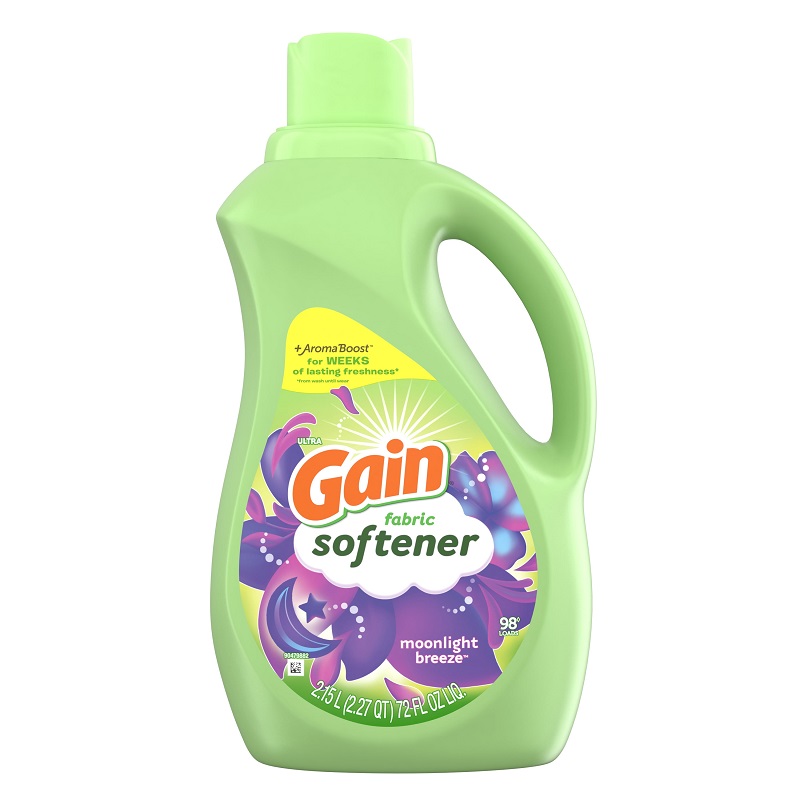When it comes to laundry care, fabric conditioner and fabric softener are two terms often used interchangeably. However, they serve different purposes and offer various benefits depending on your laundry needs. Understanding the differences between the two can help you make informed choices about the best products to use for maintaining your clothes. This comprehensive guide explores the distinctions between fabric conditioners and softeners, helping you determine which is better suited for your laundry.
Understanding Fabric Conditioner
What Is Fabric Conditioner?
Fabric conditioner, also known as fabric softener, is a laundry product designed to improve the texture and feel of clothing. Unlike detergent, which cleans clothes, fabric conditioners add a layer of chemicals to the fibers, making them softer and reducing static cling. Fabric conditioners are typically available in liquid form, which is added during the rinse cycle of your washing machine.
How Fabric Conditioner Works
Fabric conditioner works by coating the fibers of your clothing with a thin layer of chemicals. These chemicals often include silicone or other lubricating agents that make the fabric feel smoother against the skin. This coating helps to reduce friction between the fibers, which minimizes the wear and tear on your clothes over time. Additionally, fabric conditioners can help to maintain the color and shape of your garments, preventing them from becoming rough or faded.
Benefits of Using Fabric Conditioner
The primary benefit of using fabric conditioner is the enhanced softness it provides to your clothes. This can be particularly useful for items like towels and bedding, which benefit from a plush, comfortable feel. Fabric conditioners also help reduce static electricity, which can be especially helpful in dry climates or during winter when static cling is more common. Moreover, fabric conditioners often contain pleasant fragrances, leaving your laundry smelling fresh and clean.

Exploring Fabric Softener
What Is Fabric Softener?
Fabric softener is another product used to enhance the softness and feel of fabrics. While it is similar to fabric conditioner in many ways, the term “softener” is often used more broadly to include both liquid and dryer sheet forms. Fabric softeners work by chemically altering the surface of the fabric, making it softer and more comfortable against the skin.
How Fabric Softener Works
Fabric softener functions by depositing a thin layer of chemicals onto the fibers of your clothing, similar to fabric conditioner. This layer reduces friction between fibers, resulting in a softer texture. Fabric softeners come in various forms, including liquid softeners that are added to the rinse cycle and dryer sheets that are placed in the dryer with your clothes. Dryer sheets can also help reduce static cling and add a pleasant scent to your laundry.
Benefits of Using Fabric Softener
Fabric softeners offer several benefits, including increased softness and reduced static cling. Dryer sheets, in particular, are convenient and easy to use, as they eliminate the need for additional steps in your laundry routine. Many fabric softeners also have added fragrances, which can enhance the overall freshness of your clothes. Additionally, fabric softeners can help to reduce wrinkles, making ironing easier and less time-consuming.
Key Differences Between Fabric Conditioner and Softener
Ingredients and Formulations
One of the primary differences between fabric conditioner and fabric softener lies in their ingredients and formulations. Fabric conditioners often contain a variety of chemicals, including silicone-based agents, to coat and soften fabric fibers. These agents can make fabrics feel smoother and more comfortable. On the other hand, fabric softeners may include similar chemicals but often come in different forms, such as liquid or dryer sheets, which can affect how they interact with your laundry.
Application Methods
Fabric conditioners are typically added to the rinse cycle of your washing machine, allowing the product to evenly coat the fabric fibers. This method ensures that the conditioner has adequate time to penetrate the fabric and provide a consistent level of softness. Fabric softeners, particularly dryer sheets, are used in the dryer, where they release their chemicals and fragrances as heat is applied. This can result in a different type of softness and may not be as evenly distributed throughout the fabric as liquid conditioners.
Impact on Fabric Performance
Fabric conditioners and softeners can impact the performance and longevity of your fabrics in various ways. Fabric conditioners can help maintain the color and shape of your garments by reducing friction and wear. However, overuse of fabric conditioners can sometimes lead to a buildup of residue on your clothes, which may affect their absorbency or cause discoloration. Fabric softeners, particularly dryer sheets, may leave behind a thin layer of residue that can reduce the effectiveness of moisture-wicking fabrics or contribute to a buildup in your dryer.

Choosing the Right Product for Your Needs
Factors to Consider
When deciding between fabric conditioner and fabric softener, consider several factors to ensure you select the right product for your needs. First, evaluate the types of fabrics you frequently launder and their specific requirements. For instance, if you need to maintain the softness of towels and bedding, a fabric conditioner may be a better choice. If you prefer a convenient, all-in-one solution, dryer sheets may be more suitable.
Personal Preferences
Your personal preferences also play a significant role in determining which product to use. If you have sensitive skin or allergies, choose a hypoallergenic fabric conditioner or softener that is free of harsh chemicals and artificial fragrances. If you value eco-friendly products, look for options that are biodegradable or made with natural ingredients. Additionally, consider whether you prefer liquid conditioners or dryer sheets based on your laundry routine and convenience.
Environmental Considerations
Environmental impact is an important consideration when selecting laundry products. Fabric conditioners and softeners can contribute to environmental pollution if they contain non-biodegradable chemicals or are used excessively. Opt for eco-friendly products with sustainable packaging and natural ingredients whenever possible. Some brands offer concentrated formulas or refillable options that reduce waste and minimize the environmental footprint of your laundry routine.
Tips for Using Fabric Conditioners and Softeners
Proper Dosage and Usage
To achieve the best results, follow the recommended dosage instructions for fabric conditioners and softeners. Using too much product can lead to buildup on your clothes and in your washing machine, which may affect the performance of your laundry appliances. Measure the appropriate amount based on the size of your load and the specific product instructions to ensure optimal softness and performance.
Avoiding Overuse
While fabric conditioners and softeners can enhance the feel and freshness of your clothes, overuse can lead to negative effects. Excessive use of fabric conditioners may cause residue buildup, reduce the effectiveness of moisture-wicking fabrics, or lead to discoloration. Similarly, overusing dryer sheets can impact the performance of your dryer and leave residue on your clothes. Use these products in moderation to maintain their benefits while avoiding potential drawbacks.

Combining with Other Laundry Products
Fabric conditioners and softeners can be used in conjunction with other laundry products, such as detergents and stain removers, to achieve the best results. However, be mindful of how these products interact with each other. For example, using a high-efficiency detergent with a fabric conditioner can provide a balance of cleaning and softening benefits. Experiment with different combinations to find the right balance for your laundry needs.
Conclusion: Making the Right Choice for Your Laundry
Weighing the Pros and Cons
Choosing between fabric conditioner and softener ultimately depends on your individual laundry needs and preferences. Fabric conditioners offer enhanced softness and can help maintain the color and shape of your clothes, while fabric softeners, including dryer sheets, provide convenience and a fresh scent. Weigh the pros and cons of each product to determine which best suits your lifestyle and laundry routine.
Prioritizing Your Needs
Consider your specific needs, such as the types of fabrics you wash regularly, any sensitivities or allergies, and your environmental concerns. By prioritizing these factors, you can make an informed decision and select the product that will provide the best results for your laundry. Whether you opt for a fabric conditioner or softener, the key is to use the product that aligns with your preferences and ensures the comfort and longevity of your garments.
Embracing Your Laundry Routine
Ultimately, the goal is to enhance your laundry routine and achieve the best possible results for your clothes. By understanding the differences between fabric conditioners and softeners and considering your individual needs, you can create a laundry routine that keeps your clothes feeling soft, fresh, and well-maintained. Embrace the benefits of these products and enjoy the satisfaction of well-cared-for laundry.









